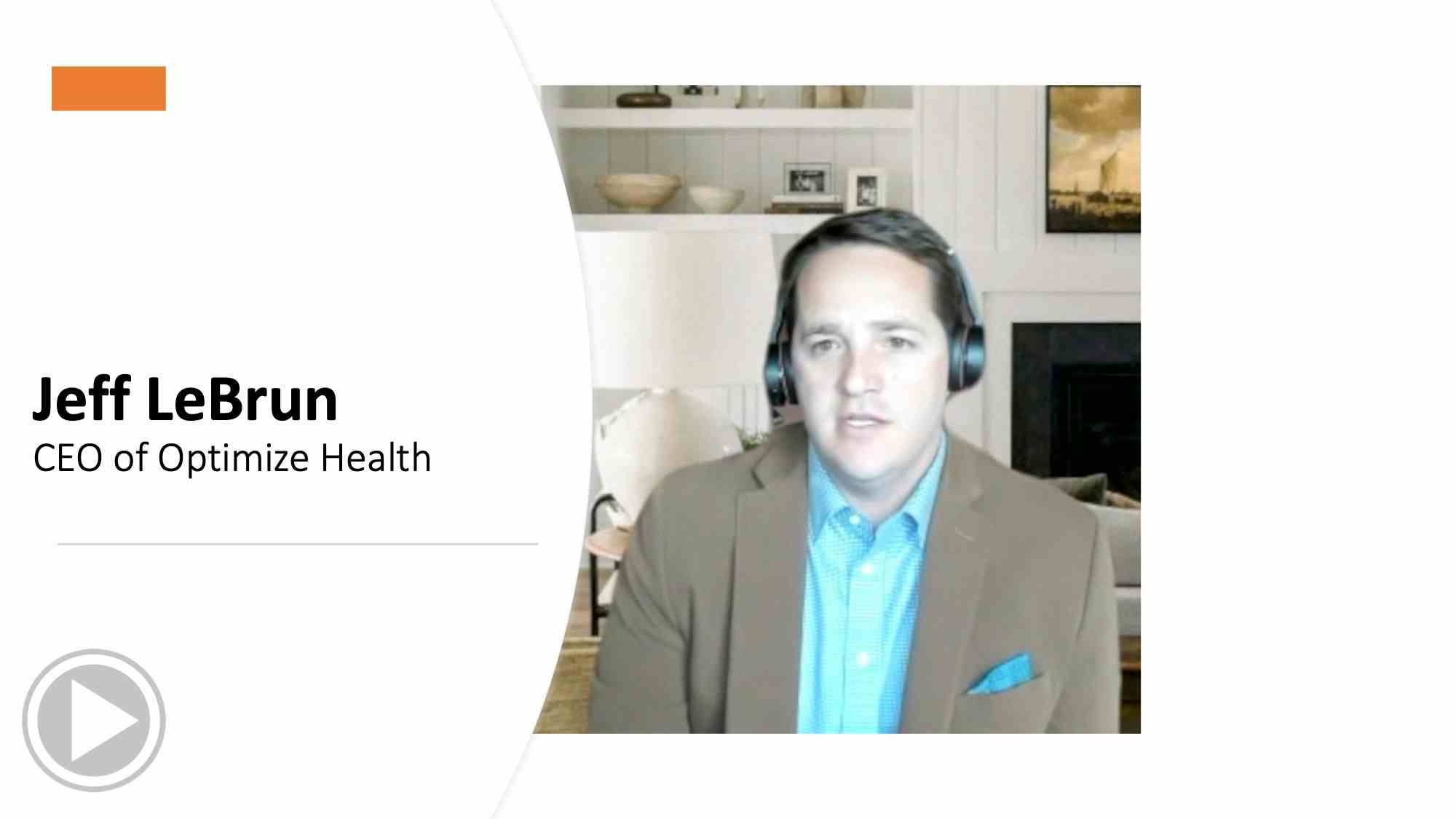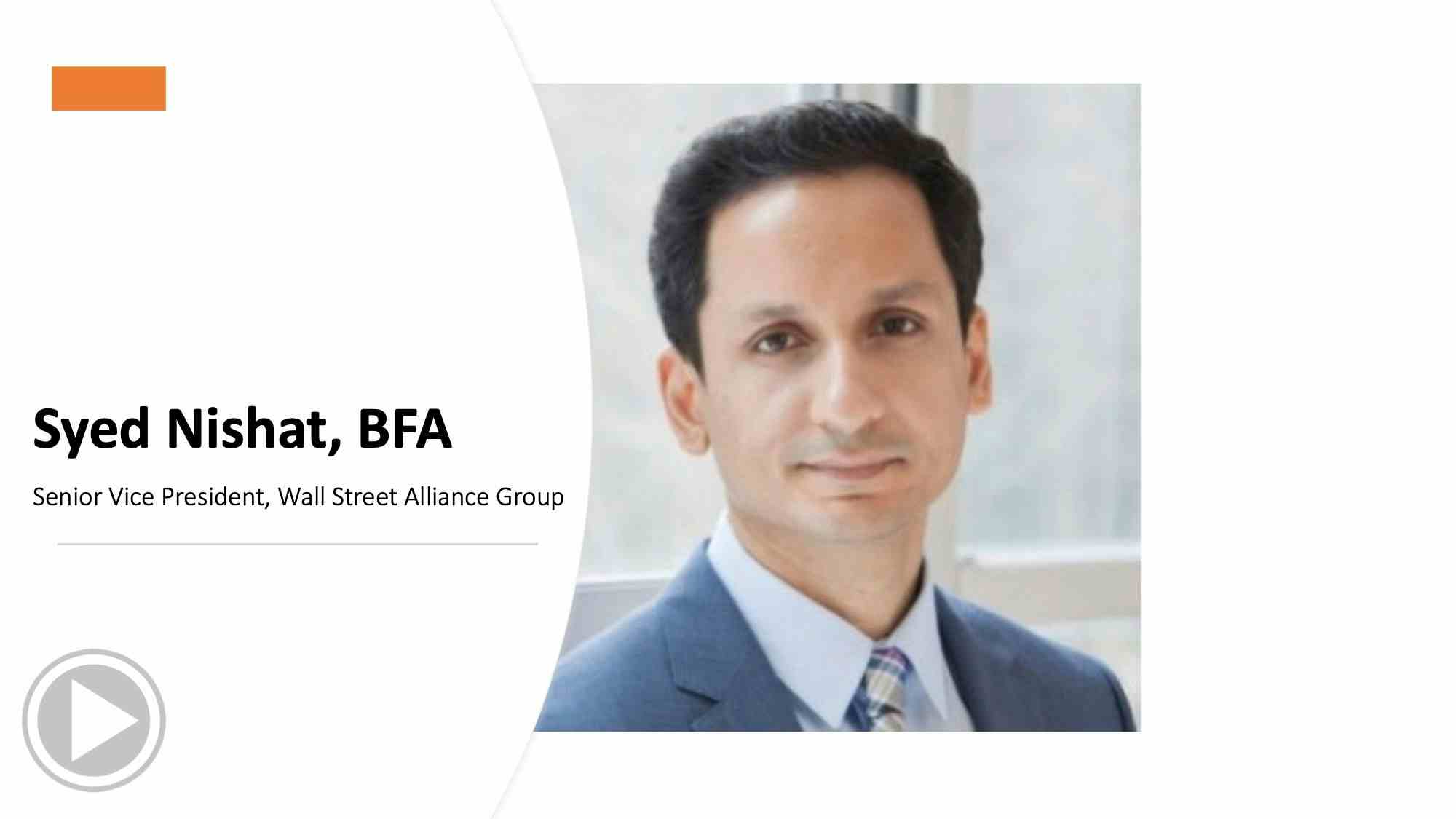Mentoring the Next Generation of Primary Care
Primary-care docs will not be able to shape the future of medicine unless they attract young doctors to follow in their footsteps.
I had the privilege of assisting a third-year medical student as she helped deliver a beautiful baby for the first time. Sitting at the perineum, I reviewed the basic information on the mechanism of delivery. I explained how the head would emerge and the motions for guiding out the shoulders and body. While we waited for the head to descend, I stood to do our final count of sponges and instruments and she looked up at me slight fear in her eyes, "You're going to be right next to me, right?" I reassured her that I would be with her the whole time, guiding her hands and helping her.
The experience came back to me during grand rounds when an older faculty member showed a slide reflecting the aging of physicians and how we are having a difficult time replacing those retiring, especially in primary care. Medical students perceive the dissatisfaction of those in primary care and avoid it. This medical student looking to me to guide her through this delivery also looks to me to set an example of what a career in medicine looks like.
It is well documented that we, as a profession, are less than satisfied with the pressures of EHRs, meaningful use, and other intrusions into our exam rooms. However, many of us still find great meaning and professional fulfillment in our career choices despite these challenges. This joy in caring for patients, assisting them in achieving a better quality of life in the midst of disease and chronic medical conditions, drives us in primary care.
This drive should be what we manifest to the next generation of physicians. We need to guide these young doctors who want to provide primary care, but are shying away. Ultimately we need to show them the way, be next to them in the trenches. If you are not in academic medicine, consider having a medical student rotate in your community office. Show these eager students the many reasons primary care is essential for a healthy population. Mentor residents choosing primary care and show them not only what works, but how their influence can help change things for the better. We will only be a driving force in shaping the future of medicine and how it is practiced if we have the numbers, and we will only have those numbers if we attract young doctors to our field.
It is true that a career in medicine, especially in primary care, challenges all of us in many ways, but it also is a choice many of us would make again. I struggle sometimes, but I love what I do and I want to attract bright, enthusiastic medical students into the fold. Together we can accomplish great things in medicine, shaping practice to provide better care to our patients, and improving the landscape for all of us.





